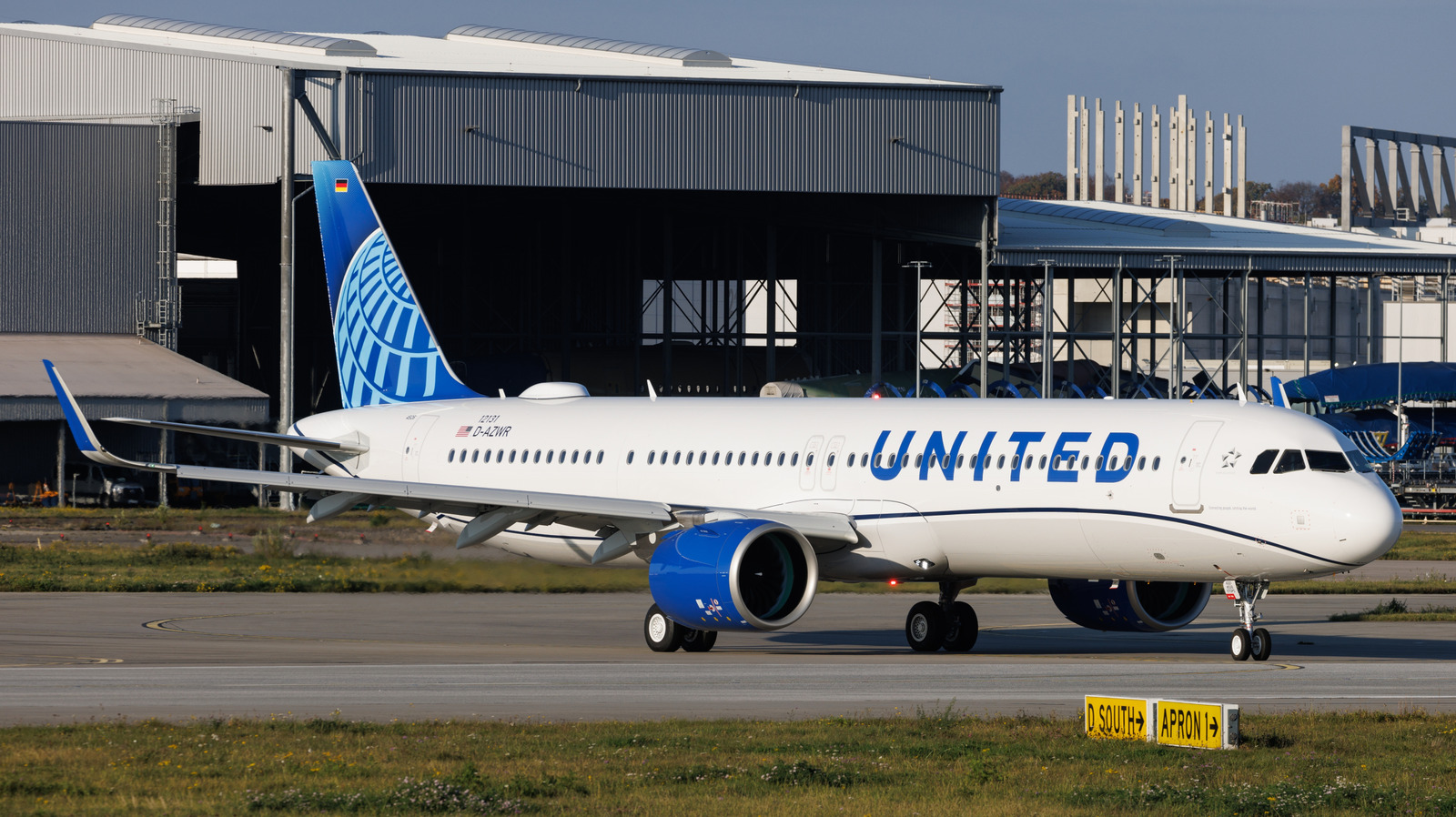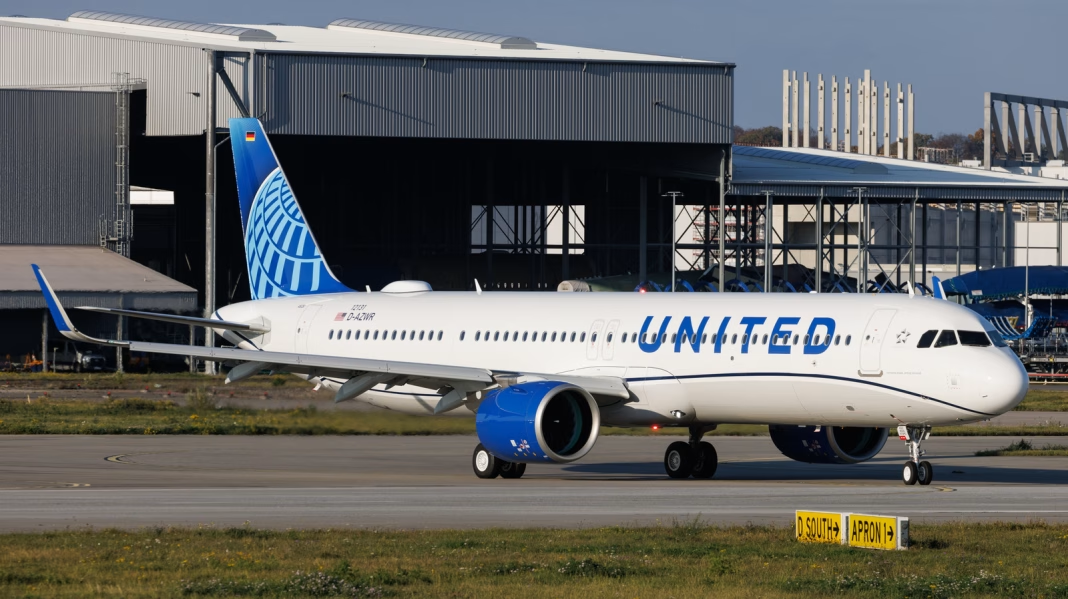Are Pilots Allowed to Drink Coffee While Taxiing an Aircraft?
If you’ve ever wondered what goes on behind the closed cockpit door, you’re not alone. One question that pops up more often than you’d think: Can pilots actually sip coffee while taxiing a plane, especially at a bustling airport like Heathrow or JFK? The answer isn’t as straightforward as you might expect.
What Do Aviation Regulations Say About Food and Drink in the Cockpit?
First things first—there’s no blanket ban on pilots having coffee in the cockpit. In fact, most airlines recognize that long flights and demanding schedules make caffeine a practical necessity. The Federal Aviation Administration (FAA) and other global aviation authorities don’t specifically prohibit beverages during taxi, takeoff, or landing. Instead, the focus is on maintaining safety and professionalism at all times.
That said, airlines often have their own internal policies. Some carriers require drinks to be in spill-proof containers, especially after a few high-profile incidents where spilled liquids caused electrical malfunctions in the cockpit. For example, a 2019 incident involving a coffee spill on an Airbus A330’s control panel led to an emergency diversion—an expensive and embarrassing lesson for everyone involved.
Why Do Pilots Need to Be Cautious With Drinks?
Cockpits are filled with sensitive electronics, and even a small spill can have outsized consequences. Imagine taxiing across a maze of runways and taxiways, juggling radio calls, checklists, and ground traffic, when suddenly a cup tips over. The result? Pure chaos. In one case, a spilled drink short-circuited a radio panel, forcing the crew to declare an emergency and land early.
Because of these risks, many airlines now require pilots to use cups with secure lids and to keep beverages away from critical controls. Some even designate specific cup holders or “safe zones” for drinks. It’s not about denying pilots their caffeine fix—it’s about making sure a simple mistake doesn’t snowball into a safety issue.
How Do Pilots Manage Coffee Breaks During Busy Operations?
Taxiing at major airports is no small feat. Pilots are constantly communicating with ground control, monitoring other aircraft, and preparing for takeoff. Most experienced pilots will tell you that timing is everything. They’ll wait for a lull in activity or a straight stretch of taxiway before taking a sip. It’s a bit like driving through rush-hour traffic—you wouldn’t reach for your drink while navigating a tricky intersection.
Crew resource management (CRM) training also comes into play. Pilots are taught to coordinate tasks, so one pilot can monitor the aircraft while the other takes a quick drink. This teamwork ensures that someone always has their hands (and eyes) on the controls.
Are There Real-World Examples of Coffee Spills Causing Problems?
Absolutely. In addition to the Airbus A330 incident, there have been several documented cases where spilled drinks led to cockpit malfunctions. A study by the UK’s Civil Aviation Authority found that liquid spills were a contributing factor in a handful of in-flight diversions over the past decade. While these incidents are rare, they’re memorable enough to prompt airlines to tighten their procedures.
One pilot shared a story about a colleague who spilled coffee on the thrust lever during taxi at a major European airport. The lever became sticky, making it harder to control engine power. Fortunately, the crew managed the situation safely, but it was a wake-up call for everyone involved.
What Do the Experts Recommend for Pilots and Cockpit Drinks?
Aviation safety experts generally agree: Hydration and alertness are important, but so is minimizing risk. The International Air Transport Association (IATA) recommends using sealed containers and keeping drinks away from avionics. Some airlines have even invested in specially designed cockpit cup holders to reduce the chance of accidents.
Pilots themselves often develop their own routines—some prefer to finish their coffee before taxiing, while others only drink during cruise when the workload is lighter. It’s all about balancing comfort with caution.
What Should Passengers Know About Cockpit Coffee Habits?
If you’re a passenger peeking into the cockpit and spot a coffee cup, don’t worry. Pilots are trained to handle multiple tasks and follow strict protocols to keep flights safe. The presence of a coffee cup doesn’t mean anyone’s slacking off—it’s just part of managing long, demanding shifts at 35,000 feet.
The big takeaway? Coffee in the cockpit isn’t about breaking rules—it’s about making smart, safe adjustments. Next time you board a flight, remember: even pilots need their caffeine fix, but they’re trained to keep safety front and center. Start with one change—like a spill-proof cup—and you’ll likely spot the difference in smoother, safer flights for everyone.


